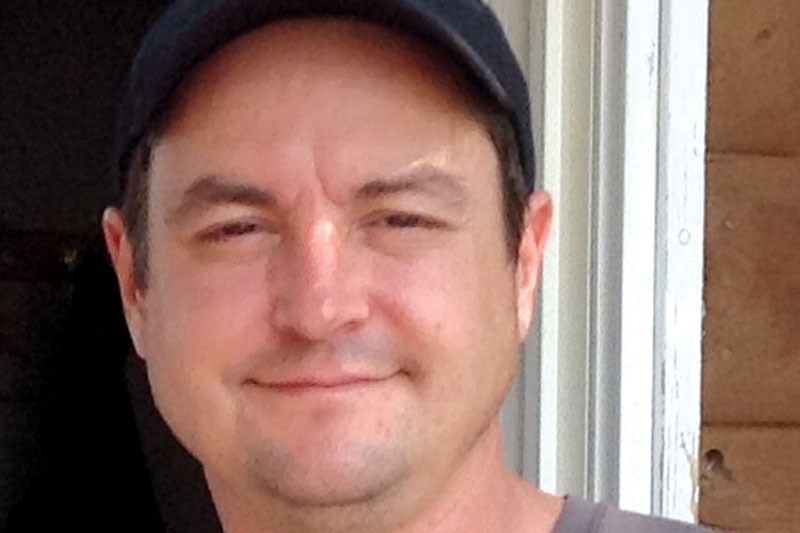Thompson RCMP Const. Abram Letkeman shot Steven Campbell at least nine times after colliding with the Jeep he was driving on two separate occasions during a car chase on the night of Nov. 21, 2015, a pathologist and forensic collision reconstructionist testified in a Thompson courtroom June 19.
Dr. John Younes, Manitoba’s chief medical examiner, performed the autopsy on Campbell on Nov. 23, finding one whole bullet and a fragment of another in his clothing when he undressed the man shot to death by Letkeman.
Campbell actually had 11 bullet entrance wounds, but two of these may have been re-entry wounds from bullets that already passed through other parts of his body before penetrating his skin again. One bullet went into his open mouth, while others hit his left and right arms and jaw, but these wounds would not have been immediately fatal, though they would have caused significant blood loss.
The most serious injuries were caused by a bullet that went through the left side of Campbell’s chest, breaking a rib and going through his heart, his aorta and both lungs before breaking another rib on its way out of the right side of his chest.
“This is the most serious single injury,” said Younes. “As a result of this injury there was a tremendous amount of internal bleeding.”
The chief medical examiner said more than two litres of blood was in Campbell’s chest cavity, an amount of blood loss he categorized as fatal.
Many of the shots travelled through Campbell’s body from left to right and slightly back to front in an upward motion, but Younes said this didn’t mean he could account for exactly where the shots were fired from.
Younes said Campbell had alcohol and cocaine in his system when he died. He also said that while it was possible that the fatal wound entered the car through the windshield while Campbell was turned towards the passenger seat, it wasn’t likely.
RCMP forensic collision reconstructionist Cpl. Ryan Cadotte told the court that Letkeman’s police cruiser and the Jeep Grand Cherokee collided once before the final collision that took place on a dirt ATV trail off the south end of Princeton Drive. This first collision was caused by Letkeman’s patrol car contacting the rear bumper of the Jeep, causing it to spin before the police car impacted the front passenger door. The two cars were facing in opposite directions and, when one or the other accelerated, the decal on the side of the CMP cruiser was damaged by the rear fender flare of the Grand Cherokee. Cadotte said it is unknown where this collision occurred, though the cars did run into each other at an angle, meaning the Jeep may have been turning right at the time or Letkeman may have collided with it from an angle behind and to the Jeep’s right.
The second collision, close to where Campbell was killed, was a T-bone style collision that saw the police car ram the Jeep near the back of the rear passenger side door, resulting in the tire size numbers from the Grand Cherokee being imprinted in the police car’s bumper.
“At that moment the police car strikes it, that tire’s not moving,” said Cadotte, as evidenced by the fact the imprinted numbers were not scuffed.
Campbell then reversed the Jeep and started driving forward and turning left before sliding on a patch of ice and coming to a stop horizontally across the ATV trail.
The court also heard testimony from Dr. Manohar Krishnan, who treated Letkeman on Nov. 21, 2015.
“When he came in he had some injury to his ankle,” said Krishnan, testifying by Skype. There was swelling but an X-ray showed no fractures. “I was able to see only some redness over the ankle and some swelling. I did not see any obvious bruising.”
Krishnan said Letkeman was brought in by other officers in a wheelchair and left the same way.
“I offered medications but he didn’t want to take any medications for the pain,” said Krishnan.
The next witness to appear in the trial is a use of force expert who will be the Crown’s last witness and is sheduled to testify June 25. The trial is scheduled to conclude June 28 but a verdict will likely not be pronounced until later in the summer.




